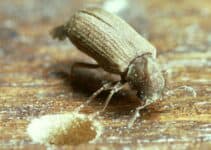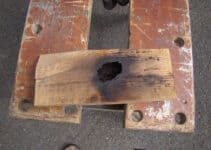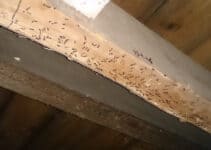Woodworm or the common furniture beetle are notorious for infesting and damaging wooden structures and furniture. However, do woodworm eat pine? Woodworms do eat pine. Pine is a softwood, making it an easier target for wood-boring insects like woodworms to infest and consume.
And if so, why might they be attracted to this specific type of wood? In this blog post, we will explore these questions and discuss whether woodworm prefer pine or not.
Does Woodworm Like Pine?
The short answer to this question is yes, woodworm can and do infest pine wood. However, their preference for pine wood may vary depending on the specific beetle species involved.
Believe it or not, some woodworm have an appetite for it – some chow down on pine, while others may not find it as appealing. Either way, pine wood is susceptible to woodworm infestations, particularly when certain conditions are met.
Pine is a softwood, sometimes found in trees. Which makes it easier for woodworm larvae to bore through and consume.
With it’s less dense structure and fewer protective compounds compared to hardwoods, making them more vulnerable to woodworm attacks.
Infestations are quite common in pine wood, particularly in areas with high humidity and dampness, as these conditions are conducive to beetle reproduction.
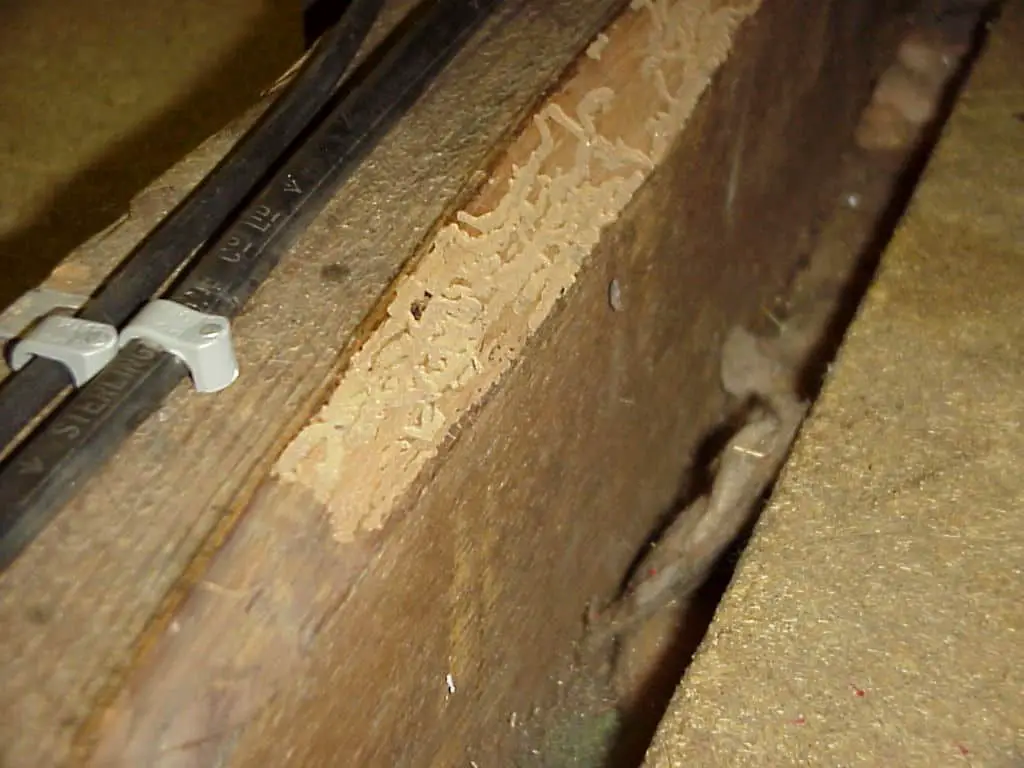
Why Are Woodworm Attracted to Pine?
There are 3 reasons why woodworm are attracted to pine wood let’s look at each in more detail:
Physical Properties: As mentioned earlier, pine is a softwood, which means that it has a less dense structure than hardwoods.
This makes it easier for woodworm larvae to bore through the wood and create tunnels, also known as “galleries.” The relatively low density of pine wood allows the larvae to feed and develop more efficiently, ultimately leading to faster population growth.
Chemical Composition: Pine wood contains specific compounds that may be attractive to wood-boring beetles. It’s rich in terpenes that woodworm are attracted to which are organic compounds that give the wood its characteristic scent.
Environmental Conditions: Woodworm love damp and pine wood is commonly found in damp and humid environments, which is ideal for their development and reproduction. Its got more nutrients and is easier to digest compared to dry wood.
Not only this but high humidity levels can encourage fungal growth, which can further weaken the wood and make it more susceptible to woodworm infestations.
Is Pine More Susceptible to Woodworm Infestations?
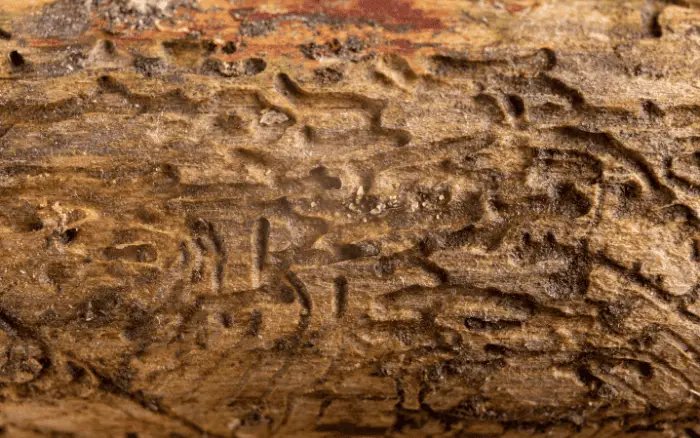
Just to be clear, pine wood is certainly susceptible to woodworm infestations, it’s not more susceptible to infestations than other wood types.
The susceptibility of any given piece of wood to woodworm infestations depends on several factors, including its moisture content, the presence of fungal decay, and the specific wood-boring beetle species involved.
Woodworm and Pine
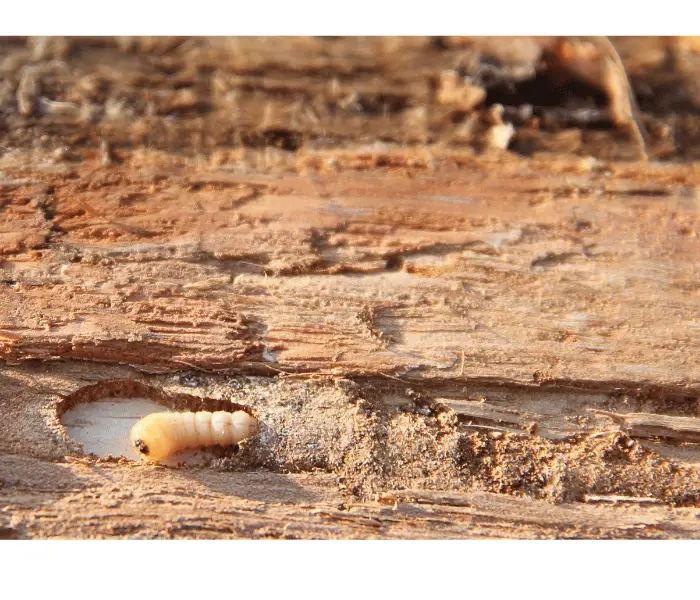
In conclusion, it is evident that woodworms do infest and consume pine, a softwood that is susceptible to their attacks.
To protect your pine structures and belongings, it is crucial to be vigilant for signs of woodworm infestations and address them promptly.
Regular inspections, appropriate treatments, and preventative measures can help ensure the longevity and stability of your pine-based items.
By staying informed and proactive, you can successfully safeguard your cherished wooden possessions from the destructive appetite of woodworms.
